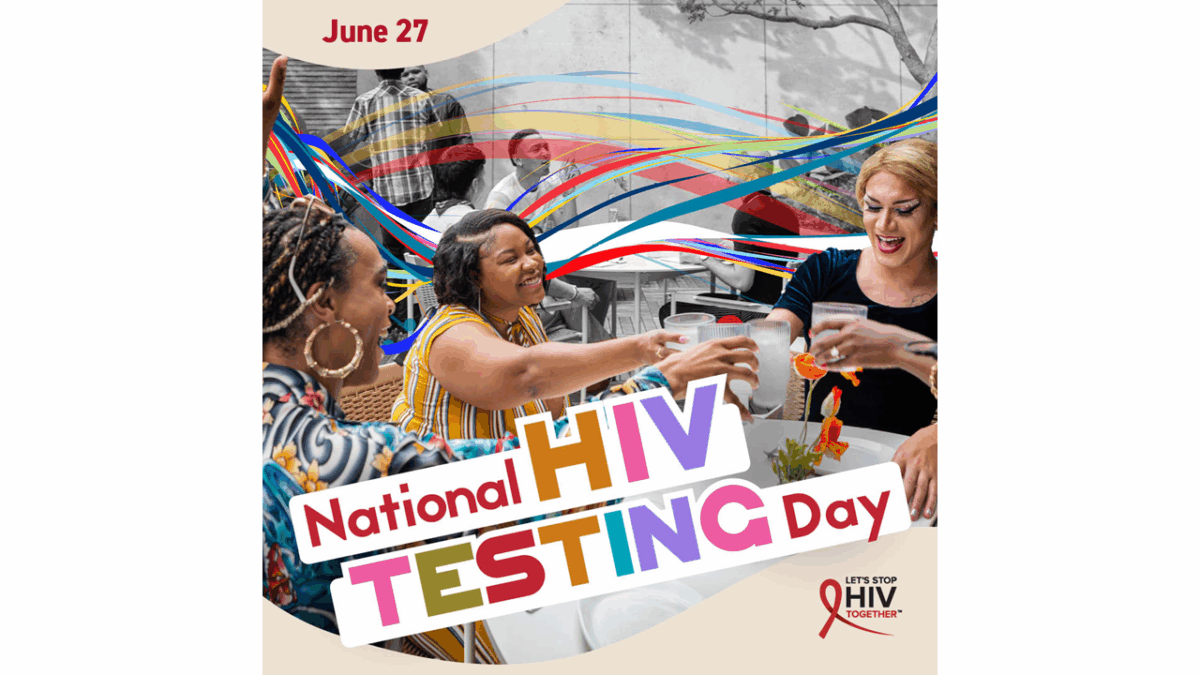Update (May 10, 2018): Novartis recently announced that it would be deepening its investment into virtual clinical trials by expanding its partnership with mobile technology company Science 37. Cluster headaches, acne and nonalcoholic steatohepatitis (NASH) are just a few of the disease areas in which Novartis and Science 37 have conducted virtual clinical trials. The company expects the first of their virtual clinical trials utilizing Science 37’s Network Oriented Research Assistant (NORA) technology platform will commence in late 2018.
Originally published on October 29, 2015:
The clinical trial process plays an essential – but expensive – role in demonstrating the efficacy and safety of a novel pharmaceutical compound. Unfortunately for pharmaceutical developers, analysts estimate that only 1 out of every 10 drugs that start the clinical trials process are granted FDA approval.
Considering that the average cost of developing and bringing a novel pharmaceutical agent to market comes in around $2.6 billion, and the time invested into a signal project can total up to 12 years, pharmaceutical companies – including pharmaceutical giants, Pfizer and Sanofi – are increasingly looking for ways to lower costs and maximize return on their investment.
Last week the Xtalks Blog covered the rising cost of both newly-approved and off-patent medications, and tackled the question of whether those costs are justified. This week we’re covering a potentially viable alternative to traditional site-based clinical trials: virtual clinical trials.
Virtual clinical trials are a relatively new method of collecting safety and efficacy data from human trial participants. These trials take full advantage of the omnipresent technology and online social engagement that are a part of its participants’ lives, by using electronic versions of all trial processes including recruitment, informed consent, patient counselling, and data collection.
Benefits of Virtual Clinical Trials
Virtually-conducted – or remote – clinical trials represent a more patient-centered approach to pharmaceutical research. The most obvious advantage of remote monitoring in a clinical trial is that this trial design maximizes patient eligibility and enrollment in the study.
Unlike site-based clinical trials which require frequent visits to a designated research facility, remote clinical trials are based from the patient’s home so those with mobility issues – such as the elderly – or patients who live in rural areas, are also able to participate in the trial. While virtual trials still require a study site to house support staff, and investment into data collection and analysis platforms, they are significantly more cost effective because they don’t require the traditional brick-and-mortar of multiple study sites.
Though some research space will be required for management of a virtual clinical trial, it can generally be organized from a single facility whereas traditional clinical trial models may require the use of multiple study sites to facilitate patient recruitment and data collection. The cost of managing a single study site is estimated to be between $1,500 and $2,500 per month, so any reduction in the number of operational study sites offers considerable capital savings.
The remote monitoring approach to virtual clinical trials is also ideal for maximizing stakeholder engagement. All groups who have a vested interest in the success of the trial – including investors, physicians, government agencies, patient advocacy groups and even the patients themselves – can play a role in study design, and optimization of the remote monitoring approach as a whole.
Challenges of Virtual Clinical Trials
Despite their many benefits, virtual clinical trials pose a number of unique operational challenges. While patients can be recruited for clinical trial participation through social media because they’re not limited by location, this approach is generally only effective if the age of the ideal participant is relatively young. Though people of all ages are active on social media, people 60 and older can be better targeted for trial participation using TV, newspaper or radio advertisements.
Virtual clinical trials also come along with patient concerns over sending large amounts of sensitive health data over the internet. This stumbling block can also effect patient recruitment and retention of trial participants over the course of the study.
Despite the establishment of dedicated support staff who are available by email or live chat, patients in virtual clinical trials can also find participation difficult due to the lack of in-person support. Remote clinical trial methods must be optimized in order to increase patient engagement and investment into the study.
As previously mentioned, a great advantage of the virtual clinical trial model is the ability to conduct the trial from a single study site, thereby minimizing infrastructure and overhead costs. However this benefit comes at a price; virtual clinical trial investigators must invest in sophisticated technology in order to maintain data collected electronically. Currently, most pharmaceutical companies and contract research organizations (CROs) lack the systems needed to efficiently deal with the large amounts of data collected.
Case Study: Pfizer’s REMOTE Clinical Trial 2011
Pfizer pioneered the virtual clinical trial model with their Research On Electronic Monitoring of Overactive Bladder Treatment Experience (REMOTE) trial conducted in 2011. The REMOTE trial was the first randomized clinical trial using web- and smartphone-based patient recruitment, enrollment and collection of study data without the necessity of patients visiting a physical study site.
While this study was designed to test the safety and efficacy of a novel treatment strategy for overactive bladder, Pfizer was also conducting the study as a pilot program. One of the main goals of the clinical trial was to compare it to a conventional Phase IV clinical study in order to determine if the virtual trial design would be a feasible way to conduct future trials.
Unfortunately, Pfizer’s REMOTE trial faced a host of challenges, not least of which was the issue of patient recruitment. As most members of their target patient group were older, the use of a technology-based trial to test the efficacy of this particular drug was a gamble.
Despite the challenges and eventual termination of the trial, Pfizer’s then-director of clinical services, Miguel Orri, said, “We demonstrated our ability to distribute blinded investigational drugs directly to the patients in their homes and then to use creative tools and platforms, mobile and web-based, to capture data from those patients. Now what we failed to do was to find enough eligible patients.
“We also learned that for certain diseases and severity level, offline conventional channels work better than the online channels. That is not a claim of success or a claim of failure; it’s a claim of learning.”
The Future of Remote Patient Monitoring: Sanofi’s Virtual Diabetes Trial
Early this year, Sanofi announced their intention to support a virtual diabetes trail – named VERKKO – to be conducted remotely in Europe. This trial represents a large advancement in the clinical trial community as it is the first clinical trial using electronic informed consent to be approved by European regulatory agencies.
This virtual clinical trial does have one key difference compared to Pfizer’s REMOTE study – no drug is being tested. Instead, Sanofi has teamed up with three other organizations to test a 3-G-capable, wireless glucose meter.
The glucose meter automatically sends patient blood glucose levels to physicians so that real-time interventions can be taken to stabilize sugar levels. The purpose of the trial is also to access the efficacy of an online patient-investigator communication system.
“This trial is historic not only because it’s Europe’s first remote clinical study to include fully electronic informed consent,” commented Kai Langel, the founder and director of patient solutions at eClinicalHealth. “It proves the virtual model saves time and money in patient recruitment and makes everything easier for patients. This simplicity ensures better patient retention and more engaged stakeholders.”
European health technology company Mendor, has designed and manufactured the glucose meters, and Langland – an advertising agency specializing in the healthcare industry – is responsible for patient recruitment. eClinicalHealth is the third partner, providing the virtual clinical trial platform designed to handle patient recruitment, informed consent, communication with participants, and patient-reported data collection.
While Pfizer’s trial had recruitment issues using social media strategies, Sanofi’s trial has been successful in recruiting participants using the same strategy. Surprisingly, all of the patients recruited have an average age of 60. “This whole mechanism of doing studies in this manner is being investigated,” said Langel. “We’ll be [looking at] metrics like how many hours the patients spend in this trial. This will be compared with the traditional mechanisms.”
Only time will tell whether the Sanofi-backed VERKKO study will be more successful than Pfizer’s REMOTE clinical trial. With supportive technologies and the right virtual trial model, remote clinical trials are sure to become more popular with pharmaceutical and medical device developers in the near future.
What’s your opinion of the virtual clinical trial model? Do you think data collected using remote monitoring will be as valid as traditional data collection methods? Tell us your opinion in the comments section below!








Join or login to leave a comment
JOIN LOGIN